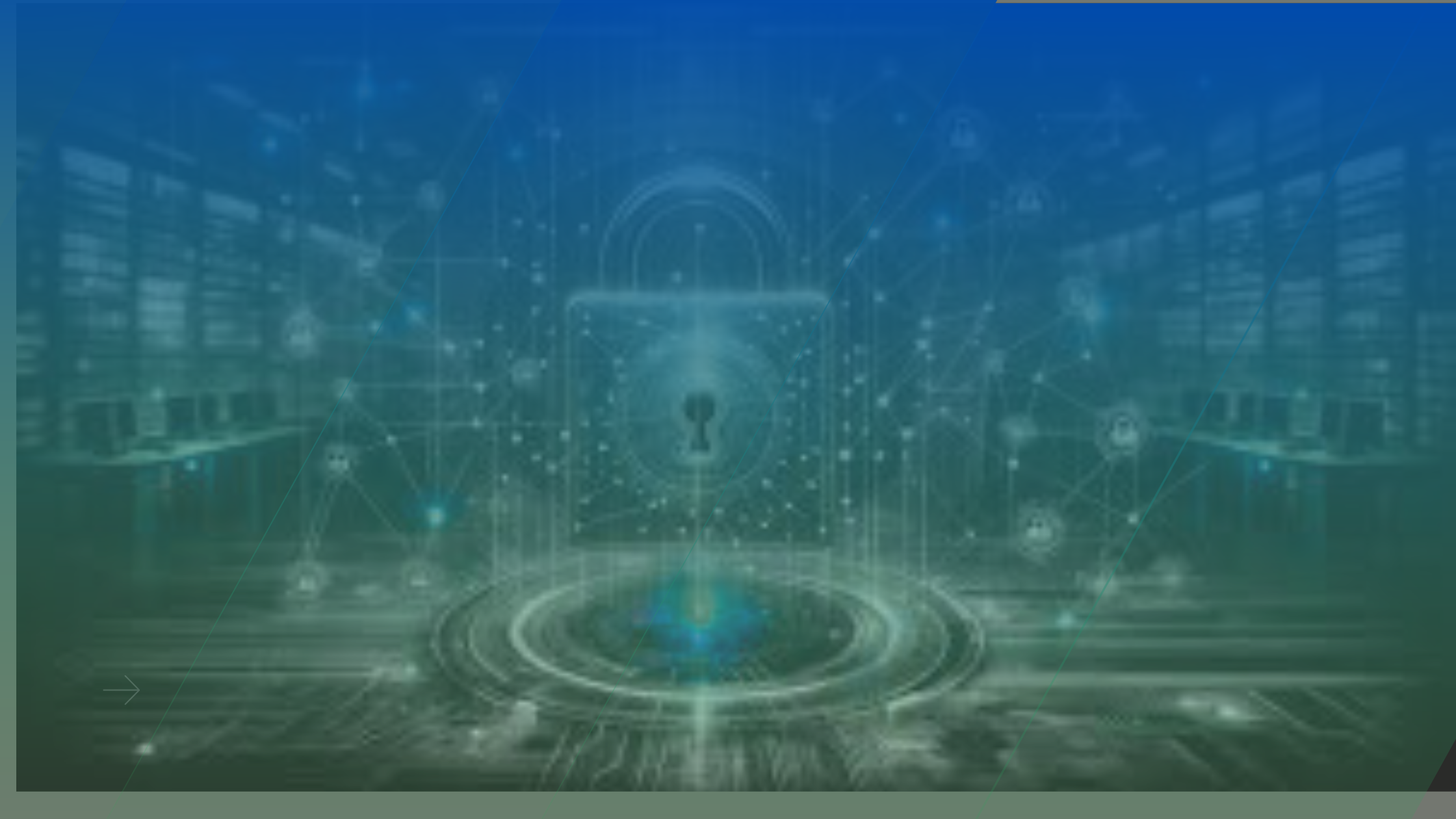In the hyper-connected world of today, data security and privacy are no longer a choice, they’re a necessity. Each time we surf the internet, make purchases online, send an email, or use a business platform, data is being generated, transmitted, and stored. From small users to large-scale enterprises, the digital world has turned data into one of our most prized possessions and, regretfully, one of the most exposed.
What Is Data Privacy and Security?
Before diving into the importance, let’s define the terms:
– Data Privacy refers to the rights and processes associated with the proper handling of data, especially personal data. This includes consent, notice, and regulatory obligations.
– Data Security involves the strategies, tools, and protocols used to protect data from unauthorized access, theft, or corruption.
Together, they form the foundation of trust in the digital ecosystem.
Why Data Privacy and Security Matter
1. Guarding Personal Information
From Facebook profiles to bank accounts, we post tremendous volumes of personal information online. Lacking appropriate protections, the data is vulnerable to cyberattacks, identity theft, and exploitation. In 2017, the Equifax breach leaked sensitive data of more than 147 million individuals. Names, Social Security numbers, and even driver’s license information were hacked.
2. Business Continuity and Reputation
For companies, a data breach can be disastrous. In addition to the initial financial loss, the long-term reputational damage to a brand can be much worse.
– Lost trust = lost customers.
A 2023 IBM report states that the average cost of a data breach is $4.45 million—and increasing.
3. Regulatory Compliance
Governments around the globe have implemented stringent data protection regulations. Non-compliance can lead to hefty fines and legal issues.
– Important regulations to be aware of:
– GDPR (EU)
– CCPA (California)
– HIPAA (U.S. healthcare)
– PIPEDA (Canada)
Being aware of and complying with these regulations isn’t merely a matter of avoiding fines, it’s a matter of showing responsibility.
4. Increased Cyber Threats
Cybercrime is changing. Hackers employ advanced methods such as phishing, ransomware, and social engineering to take advantage of weaknesses. As remote work and cloud computing expand, so do the avenues of entry for attackers.
5. Usage of AI and Big Data
As organizations use AI and big data to gain insights, they’re processing enormous amounts of sensitive data. This introduces new privacy issues, including:
– Data set bias
– Illicit surveillance
– Intransparency in usage of data
Best Practices for Maintaining Data Privacy and Security
In order to keep personal as well as business data secure, some best practices that you must adhere to are as follows:
1. Enforce Robust Access Controls
Sensitive information should be accessible only to authorized staff. Utilize tools such as:
– Multi-factor authentication (MFA)
– Role-based access controls
– Biometric authentication
2. Encrypt Your Data
Data is encrypted whether it is in transit or at rest, making it unreadable to unauthorized users.
Implement end-to-end encryption for communication platforms such as email and messaging applications.
3. Regular Security Audits
Perform regular audits and risk assessments to detect vulnerabilities in your systems.
– Scan for old software
– Look for misconfigured settings
– Assess third-party vendor risks
4. Employee Training
Humans are usually the weakest link in cybersecurity. Train your staff to:
– Identify phishing emails
– Use strong passwords
– Practice safe data handling
5. Have a Clear Data Policy
Develop and publish your company’s data privacy policy. Ensure users and employees are aware of:
– What information you gather
– Why you gather it
– How it’s stored and transmitted
6. Backup and Disaster Recovery Plans
In the event of a breach or loss of data, having good backups and a well-defined recovery plan can be the difference between a glitch and a complete disaster.
7. Work with Trusted Partners
When employing third-party tools or platforms, make sure they adhere to data privacy requirements. Scrutinize their practices and certifications (e.g., ISO 27001, SOC 2).
How Individuals Can Stay Protected
Individuals have a role to play too, even though companies carry most of the responsibility:
– Have strong, distinct passwords (think about a password manager)
– Be careful with what you post online
– Update software and devices
– Track bank and credit accounts for suspicious behavior
– Modify privacy settings on social media
The Future of Data Privacy and Security
As the world evolves with AI, IoT, and quantum computing, the data world gets increasingly complex. In the near term, we can anticipate:
– Stronger regulations
– Ethical standards for AI
– Privacy-centered product design (Privacy by Design)
– Greater adoption of zero-trust architectures
Organizations that prioritize data privacy and security today are not just protecting themselves, they’re future-proofing their operations and building trust in a digital-first world.
Conclusion
Data is the new currency, and just like money, it needs to be protected. Whether you’re a solo entrepreneur, a corporate leader, or a tech-savvy consumer, understanding and implementing data privacy and security is crucial.
In the age of the internet, it’s not a matter of whether your data will be attacked, it’s a matter of when. But by being proactive and aware, you can get ahead of threats, establish trust, and make your digital experience safer for all.




